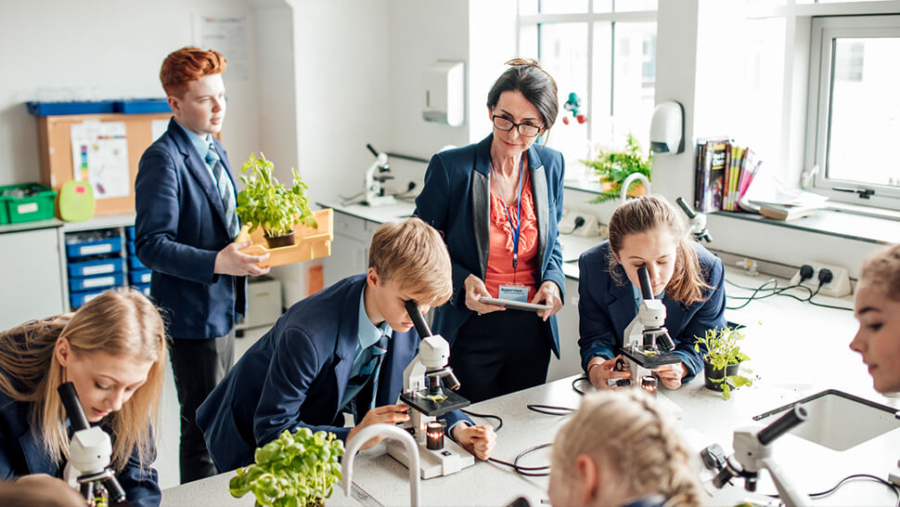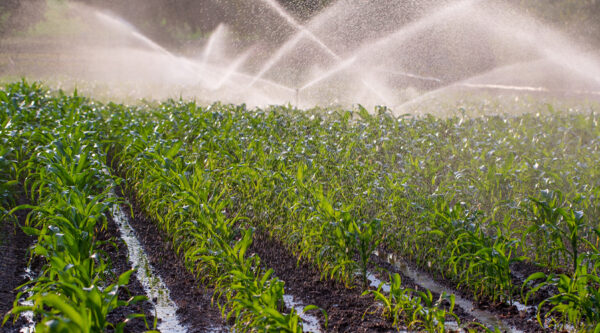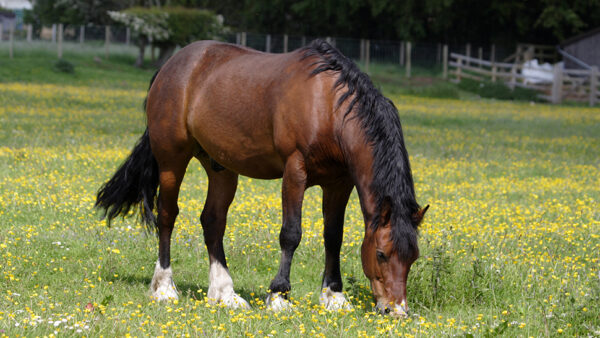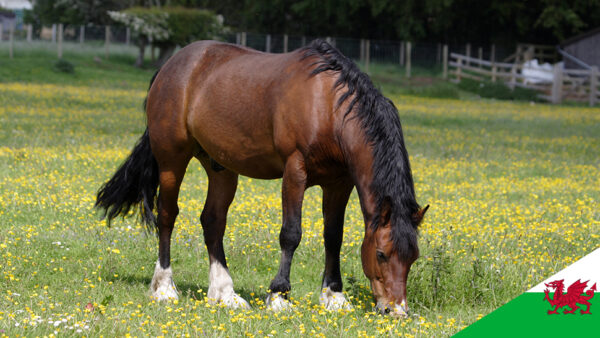

A draft version of the sixth edition of Keeping Children Safe in Education 2019 (KCSIE), statutory guidance for schools and colleges, was recently published and, subject to any further changes made between now and the final version, will be in force from 2 September 2019. Until then, schools and colleges must continue to have regard to KCSIE 2018.
So what has changed? It is safe to say that KCSIE has been tweaked rather than undergoing any fundamental changes and these changes are less significant and numerous than last year. We have broken the changes down into the parts of KSCIE and identified relevant paragraphs where this might be helpful.
In preparation for 2 September we are in the process of updating the ISBA template Child Protection Policy which will incorporate all of the changes, but must be suitably adapted by a school to reflect locally agreed inter-agency procedures put in place by the three safeguarding partners. The ISBA template will be available in a final and ‘tracked’ format which schools may wish to use as a guide to update their own child protection and related policies.
Generally, there are a number of updated links throughout KCSIE. We have commented only where there is significant change.
Part one – Safeguarding information for all staff
The transitional arrangements in KCSIE 2018 have been removed to reflect the move to three safeguarding partners which must be in place by September 2019.
A number of paragraphs have been moved to improve the flow of this section. Content has not been changed but the information that was included at the end covering abuse, neglect and safeguarding issues has been moved to the “What school and college staff should look out for section”.
Part one makes reference to upskirting (paragraph 27) which is now a criminal offence. Upskirting typically involves taking a picture under a person’s clothing without them knowing, with the intention of viewing their genitals or buttocks to obtain sexual gratification, or cause the victim humiliation, distress or alarm. Upskirting is also referenced at Annex A.
There are new paragraphs on serious violence (paragraphs 29 and 30) which helpfully set out the key indicators which may signal that children are at risk from, or are involved with serious violent crime. These may include increased absence from school, a change in friendships or relationships with older individuals or groups, a significant decline in performance, signs of self-harm or a significant change in wellbeing, signs of assault or unexplained injuries, or unexplained gifts that could be associated with criminal networks or gangs.
Part two remains focused on the management of safeguarding which is the responsibility of governing bodies, proprietors and management committees.
This part now reflects the new safeguarding partnership arrangements that must be in place by September in line with updated Working Together to Safeguard Children guidance. Governing bodies, proprietors, management committees and their senior leadership teams, especially their designated safeguarding leads (DSLs), should make themselves aware of and follow their new local arrangements which must be in place by September.
The reference to the School Inspection Services has been removed as they no longer inspect independent schools.
Part three – Safer recruitment
The wording at paragraph 157 has been altered in relation to guidance on the employment of overseas trained teachers and directs to gov.uk for further information. This guidance is currently being revised and will be updated in due course.
There is clarification on when the legal duty to refer (to the DBS) applies for existing staff. The previous 2018 version was clear that a referral equally applies in circumstances where an individual is deployed to another area of work which is not a regulated activity or they are suspended. The DBS would then consider whether to bar the person.
However, what was less clear is at what time the referral should be made when a disciplinary process is underway. The 2018 version stated that referrals, which should be made as soon as possible, would ordinarily happen on conclusion of an investigation. In the context of an internal disciplinary procedure, this was interpreted by some that a referral should ordinarily be made after conclusion of a disciplinary investigation but before a disciplinary hearing. This would be highly unusual as the employee would not have had an opportunity to answer the allegation faced.
Last year we contacted the DfE to make them aware of this possible interpretation and the confusion it may cause, which may also conflict with ACAS guidance. We are pleased to see that KCSIE 2019 removes reference to referrals being ordinarily made on the conclusion of an investigation. Instead, it simply states that referrals should be made as soon as possible after the resignation, removal or redeployment of the individual.
Paragraphs 173 and 174 provide clarity regarding s128 checks for school governors for maintained schools and associate members.
Parts four and five
These parts remain unchanged.
Part four of KCSIE 2019 still deals with allegations of abuse made against teachers and other staff whilst part five (introduced last year) is focused on managing reports of child on child sexual violence and sexual harassment.
Annexes
Annex A remains largely unchanged. A key addition is the reference to upskirting and that it now constitutes a criminal offence. There is also the addition of FGM and forced marriage in the section header to be clear that this is included in Annex A.
Annex C remains focused on online safety, including a new link to new DfE guidance on teaching online safety in school. This new guidance outlines how schools can ensure their pupils understand how to stay safe and behave online.
There are no changes to Annexes B and D – G.
Practical Steps
In preparation for 2 September, we would advise schools and colleges to:
1. Update their Child Protection Policy and any related policies to reflect the above.
2. Provide all staff with part one of KCSIE 2019 and record that this has been done (possibly on the SCR if you wish). This should include advising staff on the changes to the Child Protection Policy. It is an opportunity to remind staff about the identity of the DSL and any deputies.
3. School and college leaders and those staff who work directly with children should also read Annex A. We would also recommend that those staff read part five.
4. Update school induction processes and policies to reflect KCSIE 2019.
5. Inform governing bodies/proprietors of the changes and how the school or college is ensuring the changes are implemented.
As mentioned at the outset, our updated ISBA template will include all the changes and will be available in a final and ‘tracked’ format which schools may wish to use as a guide to update their own child protection and related policies.
For more information, please contact Kristine Scott on 01242 246 403 or at [email protected].










